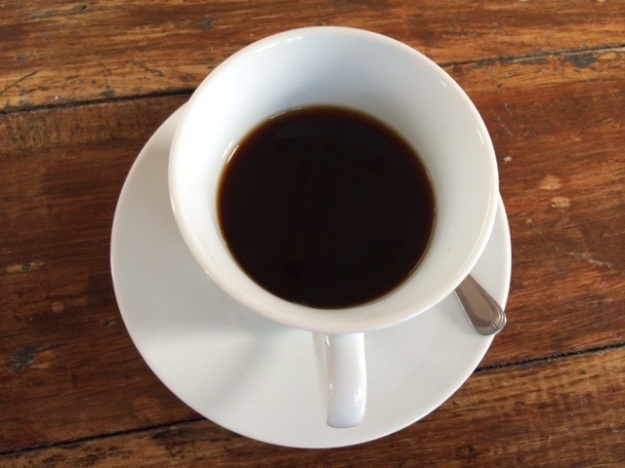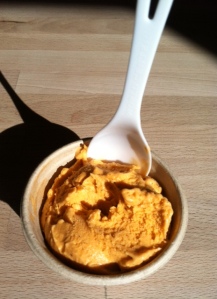
Photo Courtesy of Meet Minneapolis
I got sent to Minneapolis in early January to do a quick piece on the city before it would welcome in a ton of ticketholders for Super Bowl LII at U.S. Bank Stadium. While NFL fans are flocking here for the game, I found that Minneapolis can provide many other reasons for visiting year round (of course, their sports teams are valid ones).
Here is also why you should visit Minneapolis even way after Super Bowl II.

Walking along the Skyway
Besides the usual ways of getting around a city, Minneapolis has one that’s pretty well connected. It’s the Minneapolis Skyway System, a network of enclosed bridges above street levels that is linked to various buildings and 80 city blocks and can be accessed through street-level entrances (in some cases, you can access certain parts via elevators). On a cold day or night, you definitely have the chance to stay warm by cutting through.

Photo Courtesy of Meet Minneapolis
Remembering Prince
Sadly we lost this amazing musician in 2016, but Minneapolis keeps its native son’s memory in harmony. Yes, if you didn’t know, Prince is from this city and you can see where he did his best works such as murals of him like the one above in Minneapolis’ Uptown neighborhood. Within downtown Minneapolis, the nightclub First Avenue has its exterior walls adorned with silver-painted stars naming acts that have graced its stages – and of course Prince’s stands out in gold. If you’ve seen the film “Purple Rain,” then you’ve seen interior shots of this venue. Then go further by taking a half-hour ride to Paisley Park, Prince’s creative compound turned museum in Chanhassen.

Dakota Jazz Club and Restaurant/Facebook
Listening to a Ton of Music
While Prince will always have his place here, there are music clubs for hearing current and upcoming talent. The laidback Dakota Jazz Club in the downtown area provides a more intimate venue for its cabaret style seating and local nightly acts. Also within downtown, Fine Line Music Café can get a bit smushed in with music-goers at times, or so I’ve read, but it offers live music and a bite to eat. In an area known as Dinkytown, the Varsity Theater is a glowing concert hall with a well-planned event schedule.

Photo Courtesy of Meet Minneapolis
Stepping Into Nature Easily
What might surprise you about Minneapolis is its close proximity to nature. The city’s got an extensive park system that encompasses regional and neighborhood parks with trails, paths, gardens and other outdoorsy highlights. Perhaps its most popular park is Minnehaha Regional Park, with its key attraction being an incredible 53-foot waterfall and limestone bluffs. Plus, the park has garden areas, walking and biking paths, and look out posts. Another prime spot is Lake Calhoun, also known as Bde Maka Ska, the largest lake in Minneapolis. Part of the city’s Chain of Lakes, it’s surrounded by city park land and circled by bike and walking trails.
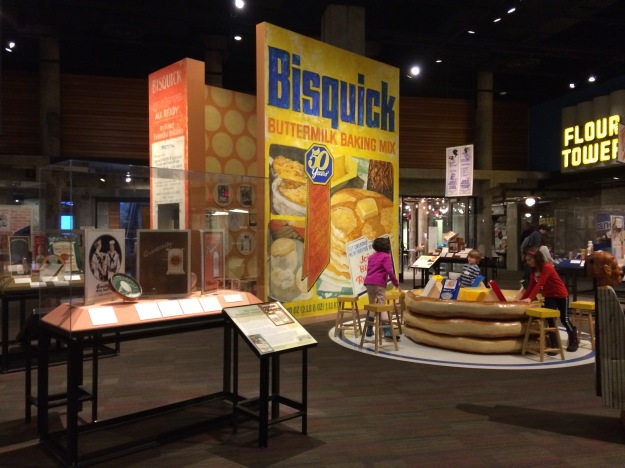
Learning about Its Flour Power
Did you that for about two centuries Minneapolis was a major flour milling city? You can still see remnants of this past near the city’s riverfront. The Mill City Museum is based inside what was once the largest flour mill in the world (Washburn A Mill). Its “Flour Tower” is an elevator ride that takes you on various floors of the mill while playing recorded interviews from workers. The upper levels offer great overhead views of the region, while the ground floor features flour-related exhibits and a bakery where you sample a sweet treat.

Multi-Cultural Dining
The people who’ve come to make Minneapolis their home brought their cuisine to the plate. In the Northeast section, Kramarczuk’s Sausage Company is all about Eastern European foods, with sausages and breads made on the premise. House specialties include their cabbage roll or sandwiches stuffed with bratwurst or in Polish or Hungarian versions. Nordic cuisine is represented in places ranging from a FIKA at the American Swedish Institute to a The Bachelor Farmer, an eco-conscious eatery within the North Loop. Midtown Global Market is a culinary incubator for small business owners and restauranteurs with meal options extending to Moroccan, Mexican, Indian and Thai or American fare or pick up some coffee or baked goods.

Many Museums
Along with the City Mill Museum, other museums in Minneapolis represent different cultures or collections. The Museum of Russian Art puts on exhibits on various mediums and perspectives involving religious icons, Soviet era works, or cultural symbols such as the matryoshka doll. Known also as Mia, the Minneapolis Institute of Art is a massive treasure trove with decorative arts, Asian architecture such as a Japanese teahouse, African and Native American craftsmanship, European art, and paintings/drawings— and general admission is free! Then there’s the Walker Art Center, a contemporary mixed media museum with free entry on the first Saturday of every month. Across the street, the Minneapolis Statue Garden holds pieces from the center’s collections with its centerpiece being “Spoonbridge and Cherry,” whose name reflects exactly what this sculpture looks like.
Have you been to Minneapolis too? What recommendations do you have?












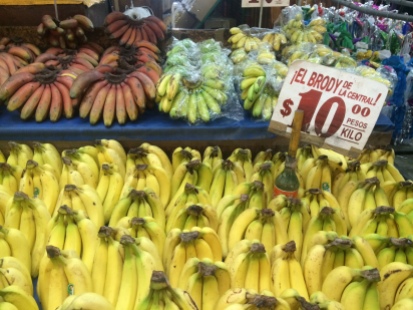










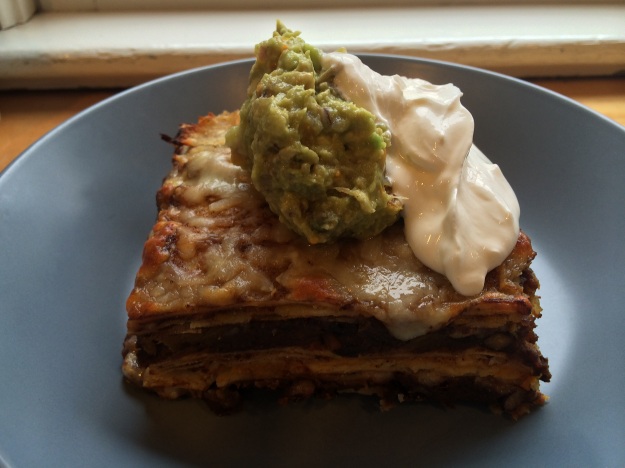


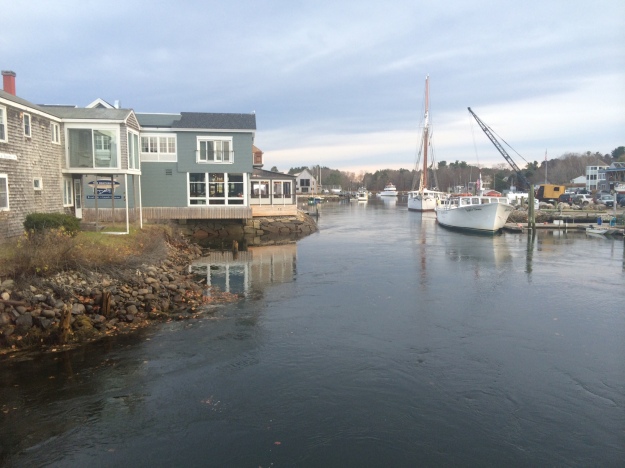 Recently, a work assignment brought me up to southern Maine, specifically to Kennebunk and its neighbor, Kennebunkport. Typically, Maine gets many visitors during the summer months, but I discovered that these two towns offer day-to-day attractions to see, do, and dine at year-round. In fact, Kennebunkport puts on a holiday celebration called
Recently, a work assignment brought me up to southern Maine, specifically to Kennebunk and its neighbor, Kennebunkport. Typically, Maine gets many visitors during the summer months, but I discovered that these two towns offer day-to-day attractions to see, do, and dine at year-round. In fact, Kennebunkport puts on a holiday celebration called 



















